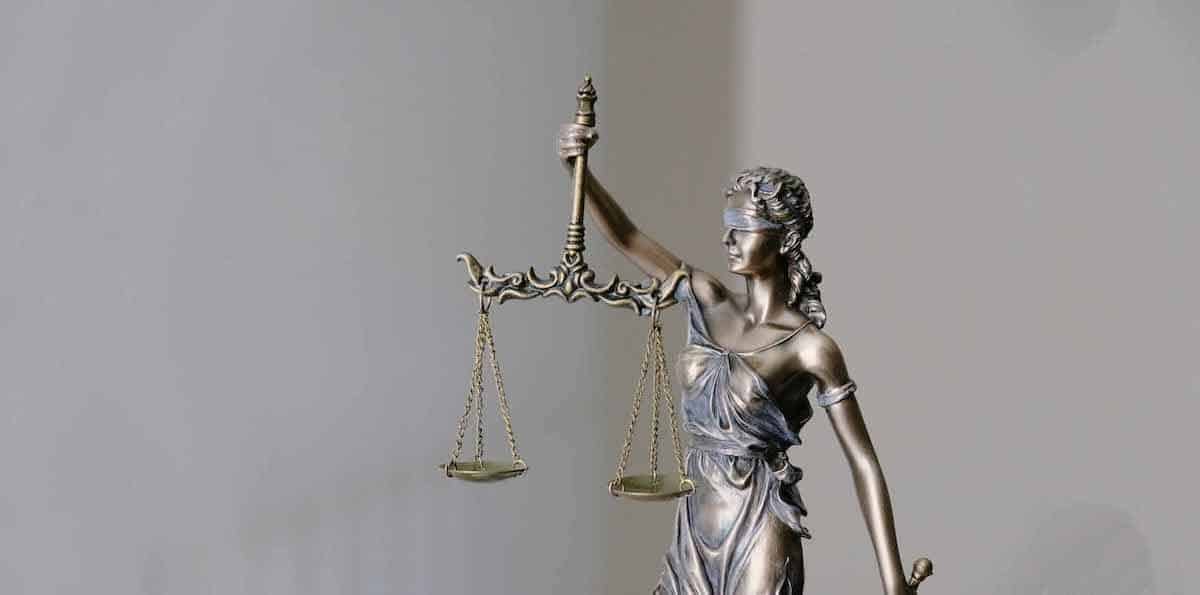Home > Lifestyle > Empowerment > Series: Women in Positions of Power: Law


Throughout history, the political and legal landscape of our countries and empires have been overseen by women. As queens, empresses, regents and heads of states, women across the world have held great political and legal power. Queens could have people killed, start wars, control welfare and education, and no law could be passed without their consent. This power was relatively unquestioned. So why, with this history of women as rulers, did it take so long for women to enter the legal profession?
With roots in Ancient Rome and Greece, the legal profession has, in varying forms, existed for centuries. In Ancient Greece, taking payment after pleading someone’s case was forbidden, but people often flouted this rule.
After a decline in the Dark Ages, the profession re-emerged, regulated, in the 12 and 13th centuries. Now, it included civil as well as ecclesiastical laws. Around this time is when it really became a profession, with young men taken on as apprentices.
However, it wasn’t until the 20th century, with World War 1 behind us and attitudes surrounding the capabilities of women changing, that women were seen practising law.
Highly interwoven into most human societies, the law lays basic principles of how we act. But for women, it can serve as an oppressive force, dictating the way that we live. With legislations on abortion, access to birth control, access to education and many other issues that legal systems and institutions put into place.
How the law and female oppression interact can be understood through feminist legal theory.
Feminist Legal Theory (Feminist Jurisprudence) comes from the belief that the law has been fundamental in the history of women’s subordination; aiming to explain how the legal system plays a role in women’s subordination and changing this through a reworking of the law and its approach to gender.
At the University of Wisconsin Law School in 1984, Martha Fineman founded the ‘Feminism and Legal Theory Project’, to further understand the relationship between the law and feminist theories, which has been crucial to the development of feminist legal theory.
Feminist philosophy of law identifies the “pervasive influence of patriarchy and masculinist norms on legal structures and demonstrates their effects on the material conditions of women and girls and those who many not conform to cisgender norms’, it considers ‘problems at the intersection of sexuality and law and develops reforms to correct gender injustice, exploitation, or restriction”, and furthermore aims to “understand how legal institutions enforce dominant gendered and masculinist norms.”
Drawing from human rights, critical legal studies and taking into account race, LGBTQ and ability; feminist philosophy of law branches off into many discourses and subtypes, for example: Marxist, radical, cultural, postmodern and liberal approaches.
In summary, the main argument is that the “law makes systemic bias (as opposed to personal biases of particular individuals) invisible, normal, entrenched, and thus difficult to identify and to oppose.”
Consequently, this critique regards it as “patriarchal, reflecting ancient and almost universal presumptions of gender inequality.”
Within feminist philosophy, the legal issues analysed and critiqued often centre around marriage and reproductive rights, such as child marriage, abortion law, sex working and violence against women.
We see higher numbers of women entering the law, through traineeships and as students, perhaps due to the large number of women aware of how it affects us around the world. With bodily autonomy and reproductive rights so intricately woven into life and law, its not a surprise that more and more women are entering a profession that can argue these rights for us.

-


Dr Singh is the Medical Director of the Indiana Sleep Center. His research and clinical practice focuses on the myriad of sleep.

The role of hormones in perimenopause Throughout your menstrual cycle, you experience normal hormonal fluctuations that are responsible for proper bodily functions like ovulation and menstruation. However, once you enter perimenopause, your hormone fluctuations change. As ovaries become less responsive

What is PMS fatigue? Have you ever wondered, “Why am I so tired before my period?” If you have, you’re not alone. Around 80% of women say that they experience some PMS symptoms, including having low energy before period onset,

Understanding PMS symptoms without menstruation Before we proceed with explanations, we wanted to clarify why having PMS symptoms is not the same as being diagnosed with PMS. As we’ve already mentioned, PMS stands for premenstrual syndrome. This syndrome is diagnosed
Privacy Overview
| Cookie | Duration | Description |
|---|---|---|
| cookielawinfo-checkbox-analytics | 11 months | This cookie is set by GDPR Cookie Consent plugin. The cookie is used to store the user consent for the cookies in the category "Analytics". |
| cookielawinfo-checkbox-functional | 11 months | The cookie is set by GDPR cookie consent to record the user consent for the cookies in the category "Functional". |
| cookielawinfo-checkbox-necessary | 11 months | This cookie is set by GDPR Cookie Consent plugin. The cookies is used to store the user consent for the cookies in the category "Necessary". |
| cookielawinfo-checkbox-others | 11 months | This cookie is set by GDPR Cookie Consent plugin. The cookie is used to store the user consent for the cookies in the category "Other. |
| cookielawinfo-checkbox-performance | 11 months | This cookie is set by GDPR Cookie Consent plugin. The cookie is used to store the user consent for the cookies in the category "Performance". |
| viewed_cookie_policy | 11 months | The cookie is set by the GDPR Cookie Consent plugin and is used to store whether or not user has consented to the use of cookies. It does not store any personal data. |
